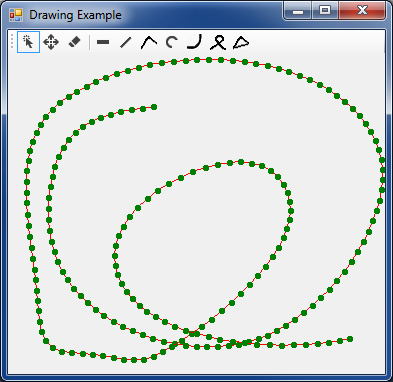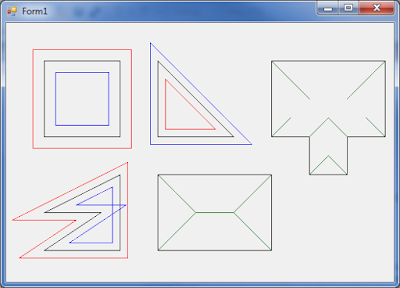Fighting the Flying Circus is Captain Edward V. Rickenbacker's memoir of his service as a combat pilot during the Great War (WWI). It is a gripping book which I found it hard to put down. It covers a bit less than a year of time, from when Rickenbacker first joined the 94th Aero Squadron until just after the Armistice of November 11, 1918.
Over the course of less than a year, Rickenbacker went from a novice to the holder of the informal title Ace of Aces, the
living American with most number of aircraft confirmed shot down. Notice the emphasis on that word "living": his predecessors largely pre-deceased him. As time went on, he was eventually placed in charge of a flight of fighters, and then promoted to captain and given command of the 94th Aero Squadron. He commanded the squadron from the Meuese Argonne Offensive of September 1918 through the Armistice two months later.
His tales cover that entire period. He recounts tales from variety of missions. He went on patrols for enemy aircraft, escorted friendly reconnaissance aircraft into German territory, attacked German observation balloons in support of ground offensives, and shot down German reconnaissance aircraft and their escorts. He recounts the demise of friend and foe alike, and tells of the triumphs and tragedies of his squadron and the others in the First Pursuit Group.
The title of the book derives from Rickenbacker's opposition during some of the latter months of the war. The German's most famous fighter group, Jagdgeschwader 1, known as "The Flying Circus" or "Richthofen's Circus," had been redeployed into the area of German-held territory opposite the 94th Aero Squadron, in an effort to defend against attacks by the British Independent Air Force. "The Flying Circus" by this point was no longer led by the Red Baron, Manfred von Richthofen, but instead by Hermann Goring, with Ernst Udet as commander of one of the consitutent squadrons, Jasta 4. These were the skilled, experienced opponents against which Rickenbacker and his comrades fought.
Interestingly, at least individuals appear in
Fighting the Flying Circus who were prominent in
Kosciuszko, We Are Here!, a book I reviewed back in August. Merian Cooper plays a prominent role in a chapter or two of Rickenbacker's tale, involving a captured German fighter and attempts at aerial photography. Cedric Fauntleroy also makes a brief appearance.
A recurrent feature of the tales Rickenbacker tells is the mechanical unreliability of their aircraft. Engines fail, guns jam, and hapless pilots suddenly find themselves turning from predator to prey, having to turn tail and run home, or plunging helplessly to their deaths. The death of some of those who thus died wouldn't have been as likely had it not been for a deadly policy of the American Air Service during the war.
Per policy, American pilots, were not issued parachutes. German pilots, by comparison, were issued parachutes, and even in their unreliable 1918 state those parachutes saved a lot of German lives. American aircraft pilots were not so lucky. Rickenbacker personally witnessed the sad sight of his fellow American pilots jumping from burning planes at altitude, or riding wrecked planes into the ground, for want of parachutes. His squadron mates relayed even more tales. Among those who perished thus were Rickenbacker's predecessors as Ace of Aces, such as Raoul Lufbery. It was a tragedy, and a sad statement on American policy of the time.
As it was published immediately after the war, it is out of copyright and available for free in electronic form and in print form at reasonable cost. I picked up a hardback printed copy for $15 at a bookseller during the The Dawn Patrol Rendezvous at Dayton last month. For a first-hand American account of air combat at the time, I've yet to find anything better. I highly recommend this book. It's a fast read, and in electronic form the price is certainly right.























